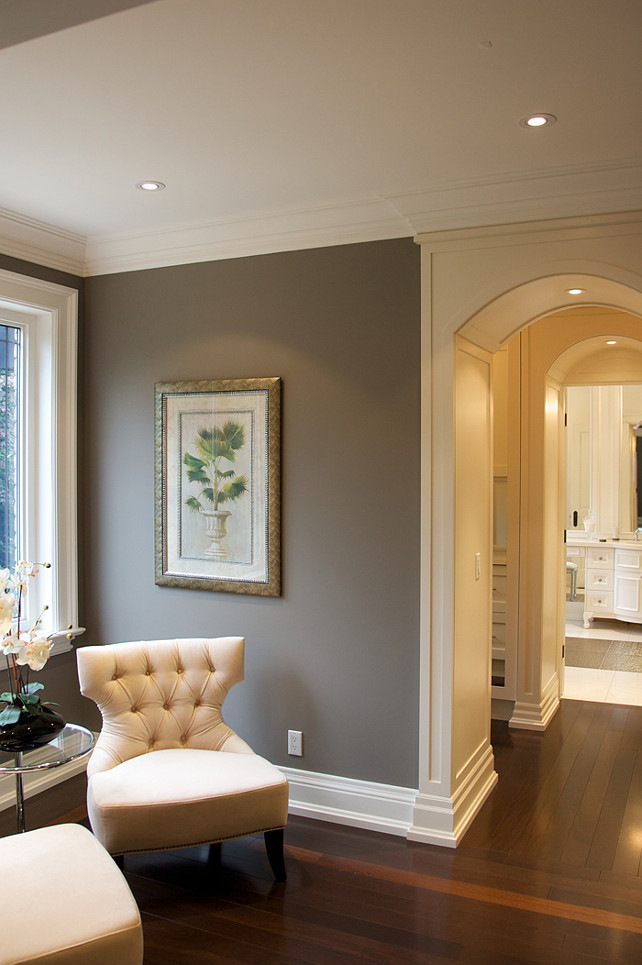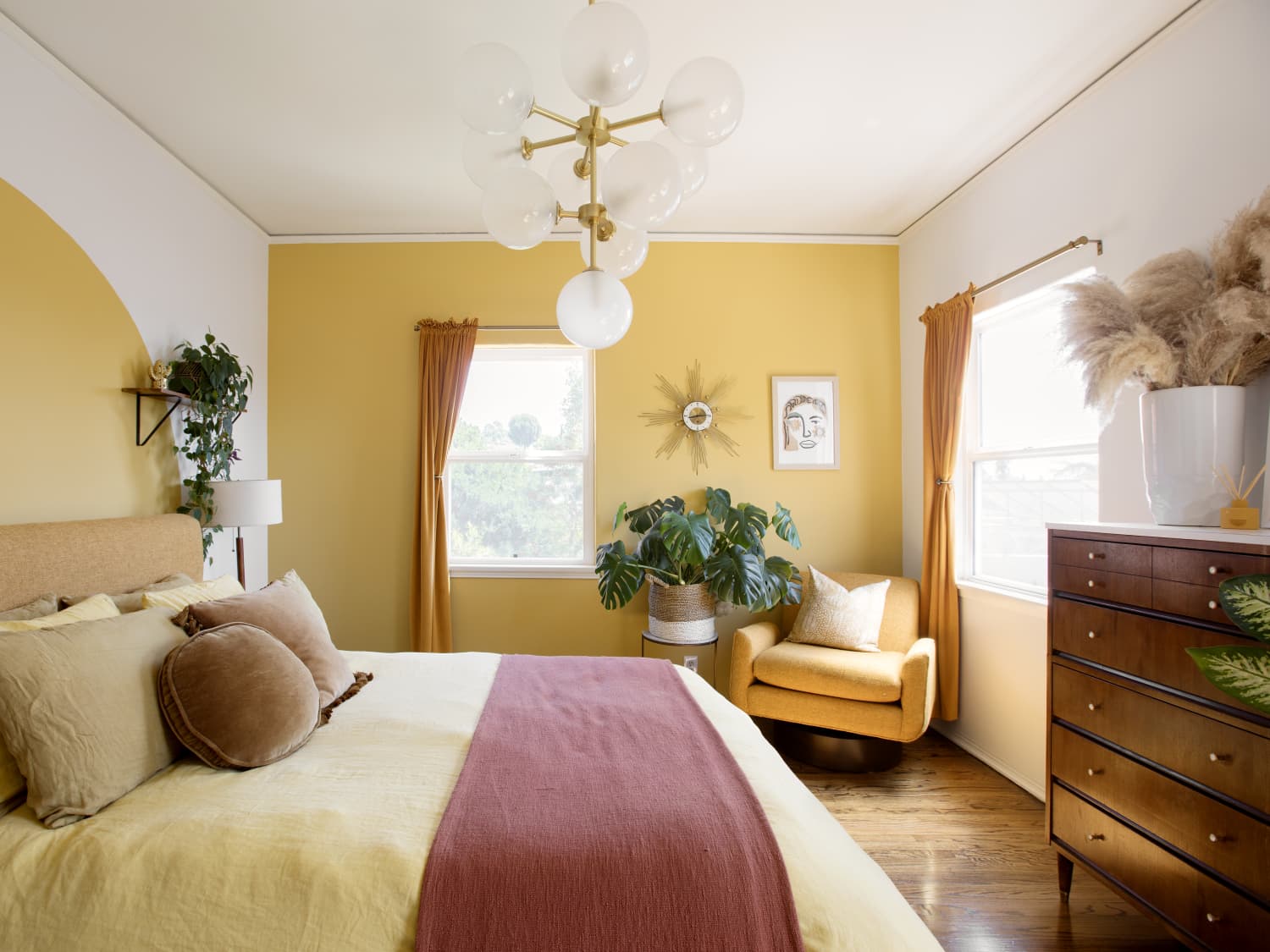Have you ever stared at a paint chip, hopelessly trying to match it to the color already on your wall? Or perhaps you’re facing a daunting renovation project and need to match the existing color for a seamless transition. The struggle is real, my friend. Matching paint colors can feel like an impossible quest, especially for those of us who prefer to leave color decisions to the professionals. But fret not! The art of matching paint colors is not as daunting as it might seem. With the right tools and a bit of know-how, even the most novice DIYer can achieve a perfect match, ensuring a consistent and visually pleasing finish.

Image: zalowears.blogspot.com
In this comprehensive guide, we’ll demystify the art of matching paint colors, offering practical tips and tricks that will empower you to tackle this task with confidence. We’ll delve into various methods, from the traditional color fan deck to the latest technological advancements that make color matching a breeze. By the end, you’ll be equipped with the knowledge and strategies to flawlessly replicate any existing wall color, whether it’s a charming vintage hue or a modern, bold shade.
The Crucial Elements of a Perfect Match
The key to a successful paint matching endeavor lies in understanding the factors that influence color perception and replication. While it might seem simple, color is a complex phenomenon, influenced by several variables:
-
Lighting: The same paint color can appear different under various lighting conditions. Natural light, fluorescent lights, and incandescent bulbs all cast their unique spectra, affecting how our eyes perceive color. This is why using natural light for color comparison is crucial, especially during daylight hours.
-
Undertones: Every color possesses undertones, which are subtle hints of other colors that influence its overall appearance. A paint color might have a red, yellow, or even blue undertone, making it appear warmer, cooler, or more vibrant. Understanding these undertones is essential for selecting a paint chip that accurately represents the existing color.
-
Paint Finish: The type of paint finish also plays a role in how color is perceived. A matte finish will look more subdued than a satin or gloss finish, which reflects light differently. Consider the existing paint’s finish when selecting your matching paint, as it will impact the final result.
Key Tool: The Color Fan Deck:
The color fan deck is a tried-and-true tool for color matching. It consists of a series of color chips arranged in a systematic order, making it easier to find a close match. While browsing through the fan deck, remember to consider the lighting conditions and the nuances of the undertones.
The Best Methods for Matching Paint Color
Let’s explore various methods that can help you achieve a perfect paint color match:
1. The Traditional Approach: The Color Fan Deck
The color fan deck remains a reliable and widely accessible method for color matching. Here’s how to use it effectively:
- Focus on the Undertones: When selecting a color chip from the fan deck, pay close attention to the undertones. Is the existing color warm or cool? Does it contain hints of yellow, red, or blue? Choose a chip that exhibits similar undertones for an accurate match.
- Natural Light: Natural light provides the most accurate color representation. Take your color samples outside during daylight hours and compare them to the existing wall color under the same lighting conditions. This will help determine if the chosen chip closely resembles the wall’s hue.
- Multiple Samples: Don’t settle for a single color chip. Select a few that appear to be close matches and compare them side-by-side on the wall. This will help you identify the most accurate match for your existing paint color.
2. Utilizing Technology: The Paint Matching App
Technology has revolutionized the world of paint matching. Several apps are available that allow you to capture a photo of the existing wall color and instantly generate a list of matching paint options from various brands.
- Image Recognition: These apps use image recognition technology to analyze the existing color in the photo, identifying the dominant hues and undertones.
- Paint Color Database: They then access a comprehensive database of paint colors, matching your image to the closest available options.
While this is a quick and convenient method, remember that the accuracy of these apps can vary depending on the lighting conditions during image capture and the quality of the app’s database.
3. Color Matching in Store:
Many paint stores offer in-store color matching services. They typically use a color-matching device to analyze the existing paint color and provide a corresponding paint formula.
- Experienced Staff: The staff members at these stores are often knowledgeable about paint and color, providing valuable insights and guidance during the process.
- Paint Samples: When you receive your customized paint, be sure to test a small sample on the wall to confirm that the match is satisfactory before applying it to a larger area.
4. DIY Color Matching: Time to Get Creative
For those who enjoy a hands-on approach or want to experiment with paint colors themselves, there are DIY methods to consider:
- Color Matching Paints: Several paint stores carry pre-mixed paint colors designed to closely resemble various popular shades. You can use these paints as a starting point for your own custom blend.
- DIY Paint Mixing: If you’re feeling adventurous, you can experiment with mixing your own paint colors. This involves sourcing the primary paint colors and carefully mixing them to achieve the desired shade.
While DIY color mixing can be fun, it requires a keen eye for color and a willingness to experiment. If you’re unsure about your mixing skills, consider a professional painting service to avoid potential color mistakes.
Avoid These Common Paint Matching Mistakes
As you embark on your paint color matching journey, keep these common pitfalls in mind to ensure a successful outcome:
- Ignoring Lighting: The lighting conditions under which you compare colors can significantly affect your perception. Avoid comparing paint samples under artificial lighting, as it can distort the true shade, leading to inaccurate matches.
- Neglecting Undertones: Undertones play a crucial role in color perception and matching. Failing to account for undertones can result in a paint color that appears different from the desired shade.
- Relying Solely on Color Chips: While color chips are helpful tools, they offer only a limited representation of the actual color. Always compare the chips directly on the wall with the existing paint color to ensure an accurate match.
- Skipping the Test Patch: Before applying the new paint to your entire wall, test a small sample first to confirm that you achieved a perfect match. This will save you time and effort if any adjustments are needed.

Image: thptlaihoa.edu.vn
Tips from the Experts – Mastering the Art of Paint Matching
Now that you have a strong foundation for color matching, let’s hear from the experts:
- Professional Painters: They often recommend using a paint matching service offered by reputable paint stores. They stress the importance of selecting a color chip that closely matches the undertones of the existing wall color.
- Color Consultants: These professionals advise using a color fan deck that is specifically designed for the brand of paint you intend to use. They also suggest considering the overall color scheme of your room and the impact of the chosen color on the overall atmosphere.
How To Match Paint Color Already On Wall
Conclusion
Matching paint color is an art form that takes practice and patience. But with the right knowledge and tools at your disposal, you can achieve a seamless and visually pleasing finish. Remember to prioritize natural light, pay attention to undertones, and test a sample before applying new paint to a larger area. Now, go forth and conquer the world of color matching. May your walls be a testament to your DIY prowess!






